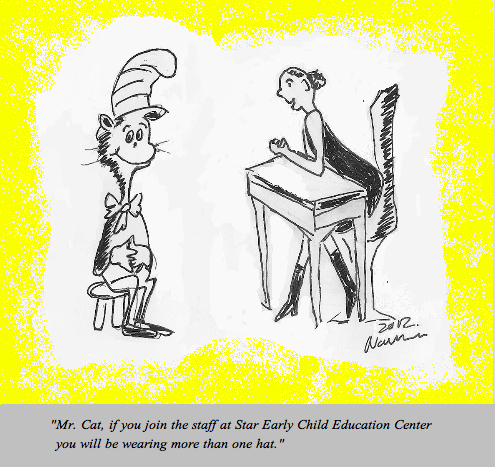Air on the side of caution: Is your child having difficulty breathing?
 Early childhood educators wear many hats. Not only do they teach, but also they are often called on to give medical attention to their students. Last week we shared with early childhood teachers at the Delaware Valley Association for the Education of Young Children’s 2012 Early Childhood Conference the signs a child is in respiratory trouble. Although we focused on asthma, these signs of respiratory difficulty may be present in a variety of illnesses such as pneumonia.
Early childhood educators wear many hats. Not only do they teach, but also they are often called on to give medical attention to their students. Last week we shared with early childhood teachers at the Delaware Valley Association for the Education of Young Children’s 2012 Early Childhood Conference the signs a child is in respiratory trouble. Although we focused on asthma, these signs of respiratory difficulty may be present in a variety of illnesses such as pneumonia.
- Breathing faster than normal
- Your child’s nostrils flare with each breath in an effort to extract more oxygen from the air
- Your child’s chest or her belly move dramatically while breathing—lift up her shirt to appreciate this
- Your child’s ribs stick out with every breath she takes because she is using extra muscles to help her breathe—again, lift up her shirt to appreciate this. We call these movements retractions
- Grunting sound (a slight pause followed by a forced grunt/whimper) or a wheeze sound at the end of each exhalation
- A baby may refuse to breast feed or bottle feed because the effort required to breathe inhibits her ability to eat
- An older child might experience difficulty talking
- Your child may appear anxious as she becomes “air hungry” or alternatively she might seem very tired, exhausted from the effort to breathe.
- Your child is pale or blue at the lips
In this video, the child uses extra chest muscles in order to breath. He tries so hard to pull air into his lungs that his ribs stick out with each inhalation.
[youtube https://www.youtube.com/watch?v=MydbWObLzDU?rel=0]
For those with sensitive asthma lungs, review our earlier asthma posts. Understanding Asthma Part I explains asthma and lists common symptoms of asthma and Understanding Asthma Part II tells how to treat asthma, summarizes commonly used asthma medicine, and offers environmental changes to help control asthma symptoms.
Julie Kardos, MD and Naline Lai, MD
©2012, links updated 2015, Two Peds in a Pod®